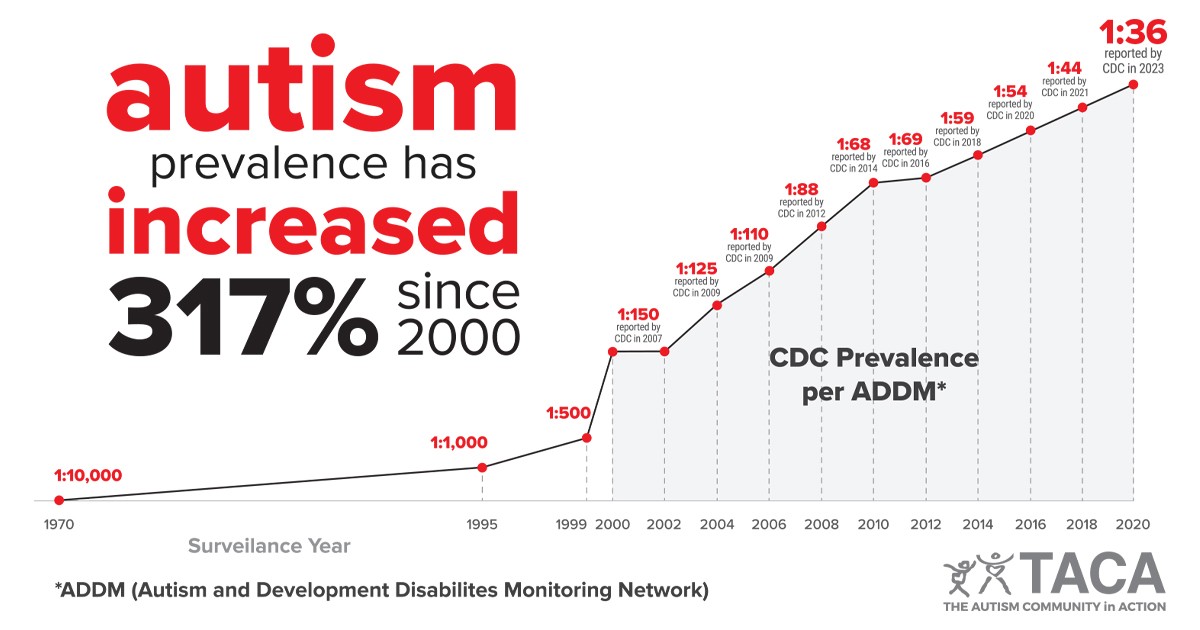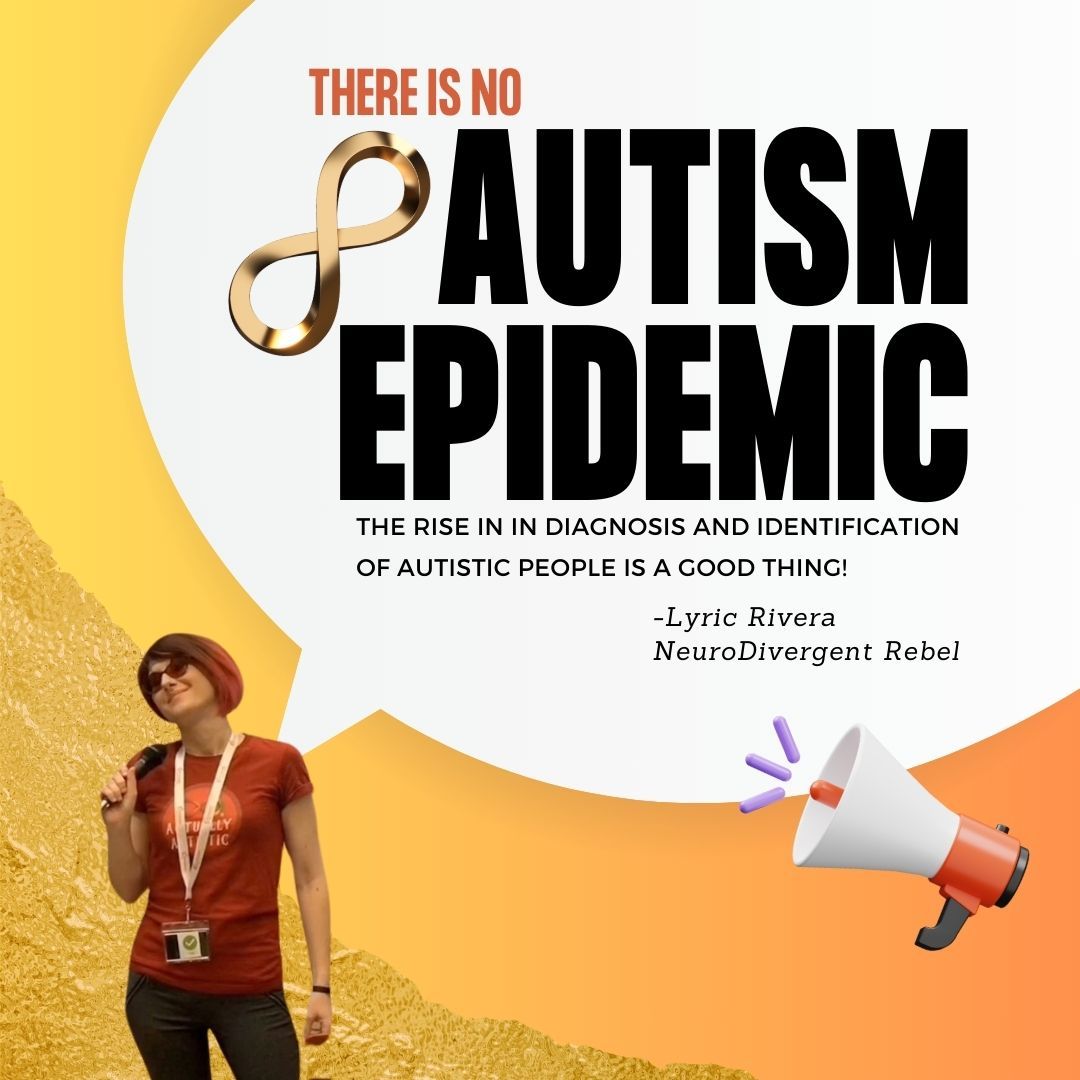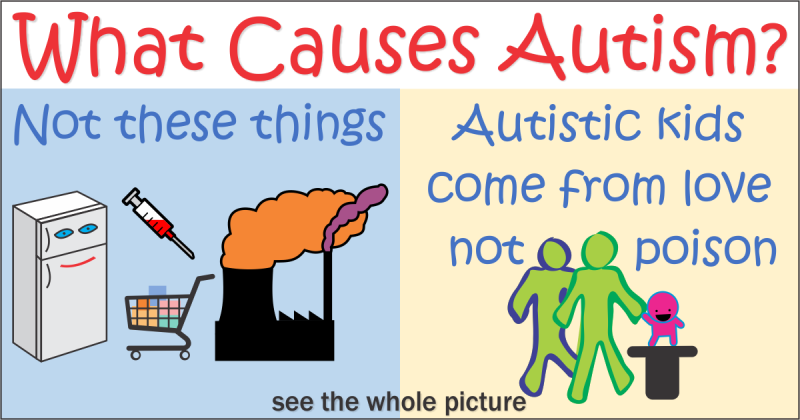Unlocking the Numbers: Understanding Data and Statistics on Autism Spectrum Disorder
Table of Contents
- Meno Clinic The Untold Story of Why Autism has Become a Major Epidemic
- Is there a path to end the Autism Epidemic? - Health Magazine
- The Autism Epidemic | Living Amongst Humans
- Are We in an Autism Epidemic? - Blog
- Autism Prevalence is Now 1 in 36, Signifying the 22% Increase in ...
- There is NO Autism Epidemic: Autism Prevalence 1 in 36 (According to ...
- Autism: Is the Pandemic Affecting Diagnosis? - Positive Autism
- (PDF) Epidemiology of Autism Spectrum Disorder
- Autism Epidemic Far More Devastating Than Covid – Scico
- What Causes Autism? | Living Amongst Humans



Prevalence of Autism Spectrum Disorder



Characteristics of Autism Spectrum Disorder



Diagnosis and Intervention
Early diagnosis and intervention are critical in supporting individuals with ASD. The American Academy of Pediatrics recommends that all children be screened for ASD at 18 and 24 months of age. With early intervention, individuals with ASD can develop essential skills, such as communication and social interaction, and improve their overall quality of life.
Economic Impact of Autism Spectrum Disorder
The economic impact of ASD is substantial, with estimated annual costs in the United States exceeding $268 billion. This includes costs associated with healthcare, education, and lost productivity. Furthermore, a study by the Autism Society estimates that the average lifetime cost of supporting an individual with ASD is around $2.4 million. The data and statistics surrounding Autism Spectrum Disorder are both informative and eye-opening. By understanding the prevalence, characteristics, and impact of ASD, we can work towards creating a more inclusive and supportive environment for individuals with ASD and their families. As we continue to unlock the numbers and trends surrounding this condition, we can develop more effective strategies for diagnosis, intervention, and support, ultimately improving the lives of those affected by ASD.For more information on Autism Spectrum Disorder, visit the Autism Speaks website or the CDC's Autism webpage.
Note: The article is written in HTML format, with headings (h1, h2), bold text, and links to relevant websites. The word count is approximately 500 words, and the content is optimized for search engines with relevant keywords, such as "Autism Spectrum Disorder," "data," "statistics," and "prevalence."